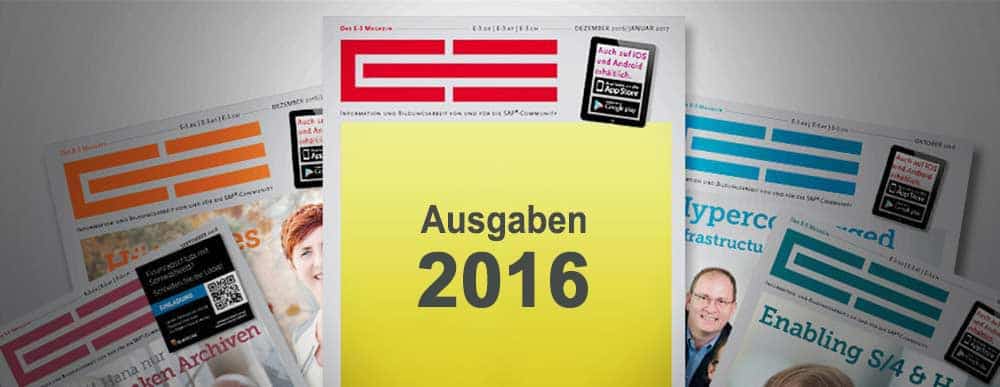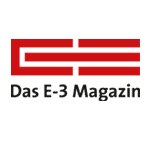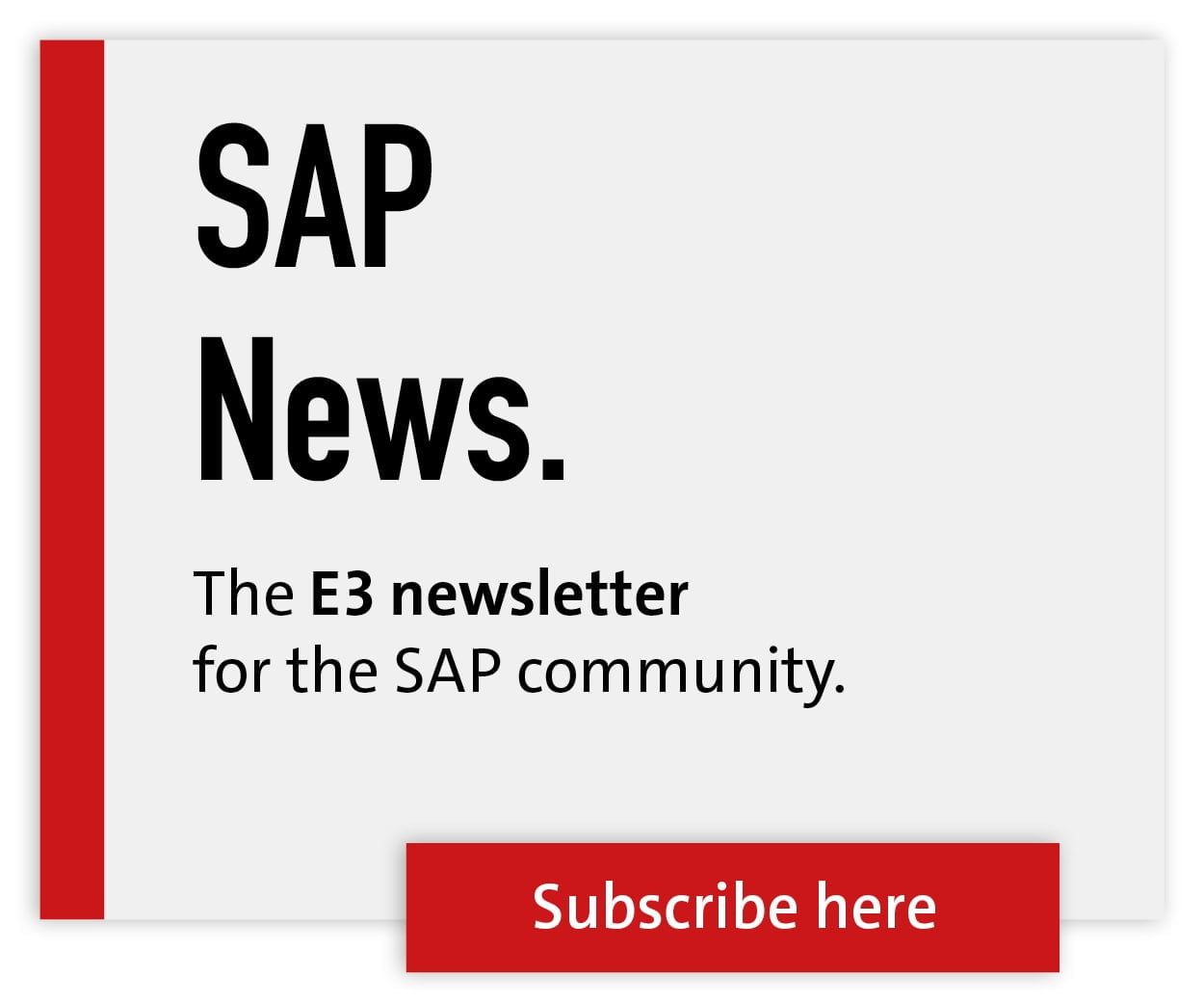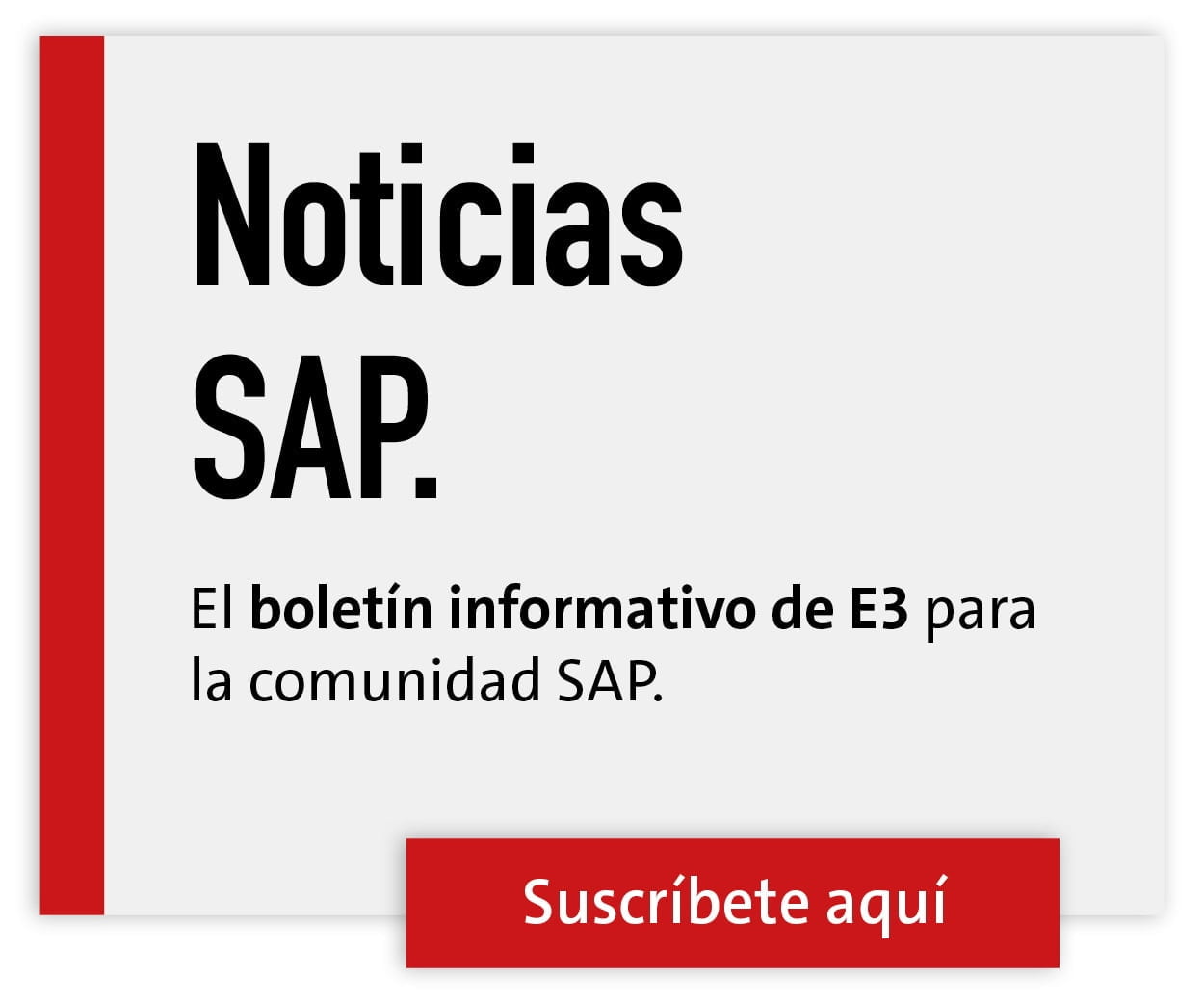Critical Chain Project Management


Kapp Niles produces machines and tools for the fine machining of gears and profiles. In addition to covering the CCPM requirements, the integration into the SAP network planning technology already in use was a decisive factor in the company's choice of the Milliarum solution.
On the one hand, it is based on SAP standards with CCPM-relevant enhancements, so that the power user has access to all SAP functions in detail. A web-based interface also appeals to the occasional user.
Kapp wanted to cover other project tasks in addition to network technology, modeling the critical chain, mapping and scheduling at the bottleneck and identifying the CCPM buffer.
This should also include the calculation of project progress and buffer consumption, the creation of the processing sequence for the specialist departments, the generation of a fever chart per project as well as the representation of the entire company using a multi-project fever chart and differentiated graphical capacity evaluations.
Initially, the changeover process was less about IT issues and more about moving away from the familiar methods of traditional project management such as schedules, priority lists and milestones.
The changes first had to take place in the mind. The aim was for departments to give up their implicit buffers in the schedule and place them as an overall buffer at the end of the project, which all departments involved could then use if necessary.
According to the CCPM philosophy, a project should not be started because the deadline requires it, but only when all the necessary prerequisites for uninterrupted processing of a task have been met (full set and avoidance of multitasking).
The respective work steps within the specialist department are no longer determined by predetermined deadlines, but are controlled at short notice according to project progress and buffer consumption (buffer index).
The changeover process was initially deliberately not mapped using IT software, but was accompanied by Excel and "paperwork". Based on experience with the introduction of other systems (e.g. SAP network planning technology), this made it easier to optimize selected projects in the initial phase.
The CCPM fever charts are updated automatically. The processing of projects has been simplified and shorter lead times reduce the workload for all departments involved. The traffic light colors of the projects provide a quick overview for the management level and show where urgent action is required.
Overloads caused by processing too many projects are avoided, thus reducing the workload. As the architecture of the Milliarum software is fully integrated into SAP, there are no costs for the creation and maintenance of interfaces.
The new software was implemented after an initial kick-off with six two-day workshops, with one or two web-ex meetings taking place in between. The core team was then able to train the end users independently.
Seven power users and 30 end users are currently using the new software, and this will increase to around 100 employees in the final expansion phase. The simple user interface quickly shows the user whether all the data required to start the next process is available (full set).
Support is provided directly by the software developers, who immediately connect to the system after a problem is reported, analyze it and resolve it within a short time. Questions about the application or configuration are answered quickly by e-mail or telephone, without the need for a comprehensive, fee-based consultation.






